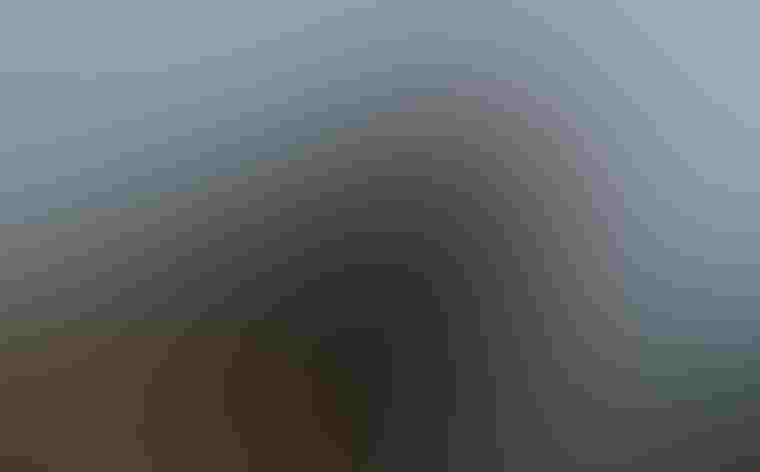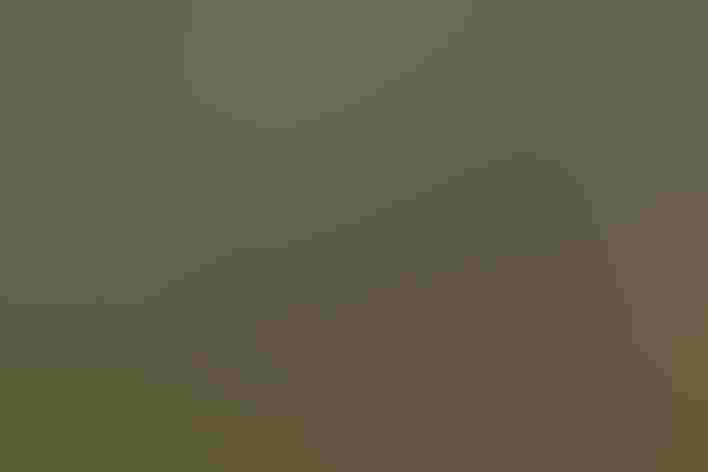Turkey Vulture
At a Glance
A familiar sight in the sky over much of North America is the dark, long-winged form of the Turkey Vulture, soaring high over the landscape. Most birds are believed to have a very poor sense of smell, but the Turkey Vulture is an exception, apparently able to find carrion by odor.
All bird guide text and rangemaps adapted from Lives of North American Birds by Kenn Kaufman© 1996, used by permission of Houghton Mifflin Harcourt Publishing Company. All rights reserved.
Category
Hawk-like Birds, New World Vultures
IUCN Status
Least Concern
Habitat
Arroyos and Canyons, Desert and Arid Habitats, Fields, Meadows, and Grasslands, Forests and Woodlands, High Mountains, Landfills and Dumps, Shrublands, Savannas, and Thickets, Urban and Suburban Habitats
Region
California, Eastern Canada, Florida, Great Lakes, Mid Atlantic, New England, Northwest, Plains, Rocky Mountains, Southeast, Southwest, Texas, Western Canada
Behavior
Soaring
Population
28.000.000
Range & Identification
Migration & Range Maps
Present year-round in much of southern United States, but northern birds migrate long distances, some reaching South America. Migrates in flocks, and may travel long distances without feeding.
Description
25-32" (64-81 cm). W. 6' (1.8 m). Very large with long wings, long tail, small head. Soars with wings held in shallow V; when flapping on takeoff, wingbeats are deep, ponderous. Two-toned look to underwing, black wing-linings against gray flight feathers. Juvenile has gray head, not red; compare to Black Vulture.
Size
About the size of a Heron
Color
Black, Red
Wing Shape
Broad, Fingered
Tail Shape
Long, Rounded, Square-tipped, Wedge-shaped
Songs and Calls
Usually silent; hisses or grunts when feeding or at nest.
Call Pattern
Flat
Call Type
Odd
Habitat
Widespread over open country, woods, deserts, foothills. Most common over open or semi-open country, especially within a few miles of rocky or wooded areas providing secure nesting sites. Generally avoids densely forested regions. Unlike Black Vulture, regularly forages over small offshore islands.
Sign up for Audubon's newsletter to learn more about birds like the Turkey Vulture
Behavior
Eggs
2, sometimes 1, rarely 3. Whitish, blotched with brown and lavender. Incubation is by both parents, usually 34-41 days.
Young
One parent remains with young much of time at first. Both parents feed young, by regurgitation. If young are approached in nest, they defend themselves by hissing and regurgitating. Age of young at first flight about 9-10 weeks.
Feeding Behavior
Seeks carrion by soaring over open or partly wooded country, watching the ground and watching the actions of other scavengers. Can also locate some carrion by odor: Unlike most birds, has a well-developed sense of smell.
Diet
Mostly carrion. Feeds mainly on dead animals, preferring those recently dead (that is, relatively fresh carrion). Occasionally feeds on decaying vegetable matter, live insects, or live fish in drying-up ponds.
Nesting
As a part of pair formation, several birds gather in circle on ground, and perform ritualized hopping movements around perimeter of circle with wings partly spread. In the air, one bird may closely follow another, the two birds flapping and diving. Nest sites are in sheltered areas, such as inside hollow trees or logs, in crevices in cliffs, under rocks, in caves, inside dense thickets, or in old buildings. Little or no nest built; eggs laid on debris or on flat bottom of nest site.
Conservation
Conservation Status
Thought to have declined during 20th century in parts of North America, but current populations apparently stable.
Climate Threats Facing the Turkey Vulture
Choose a temperature scenario below to see which threats will affect this species as warming increases. The same climate change-driven threats that put birds at risk will affect other wildlife and people, too.










